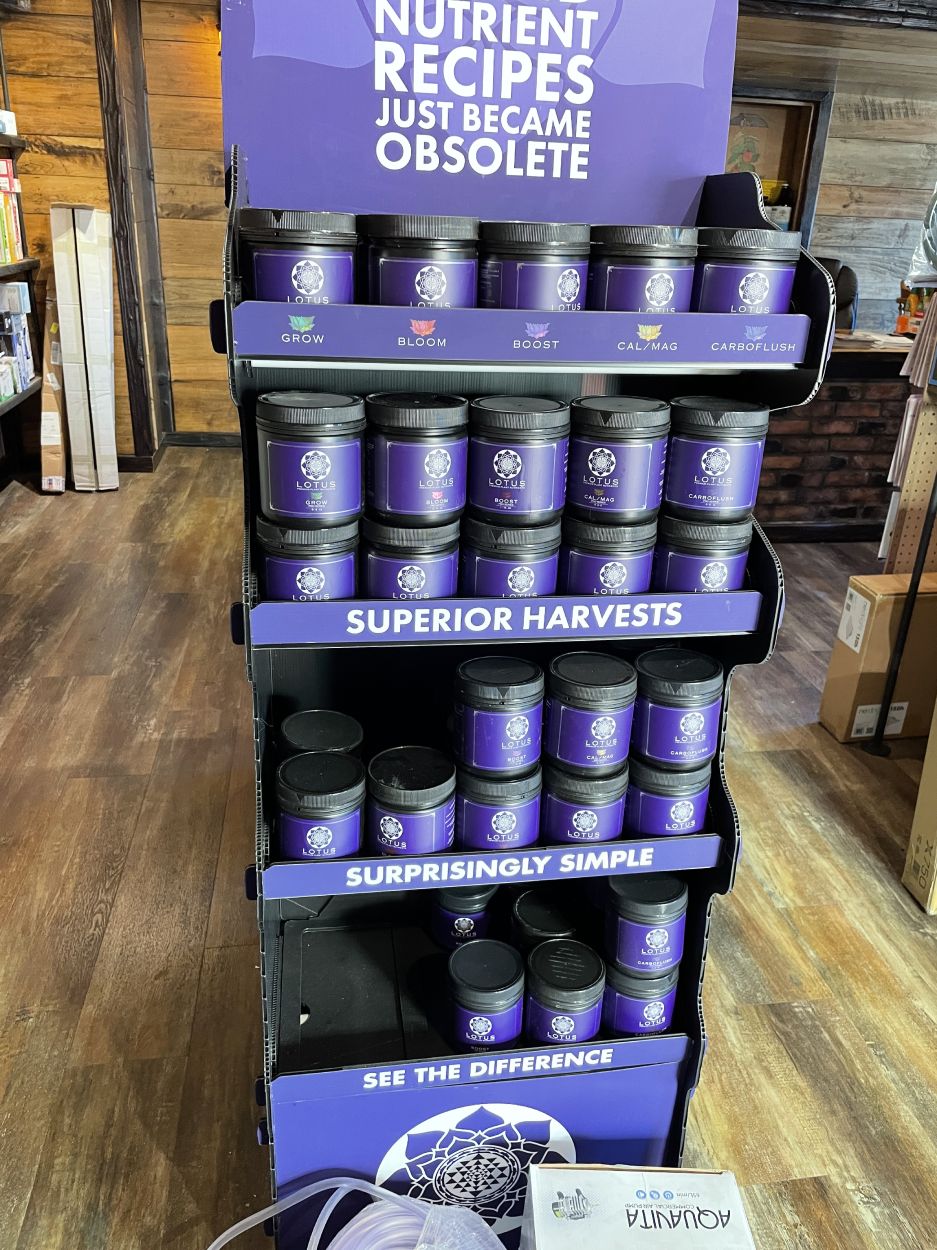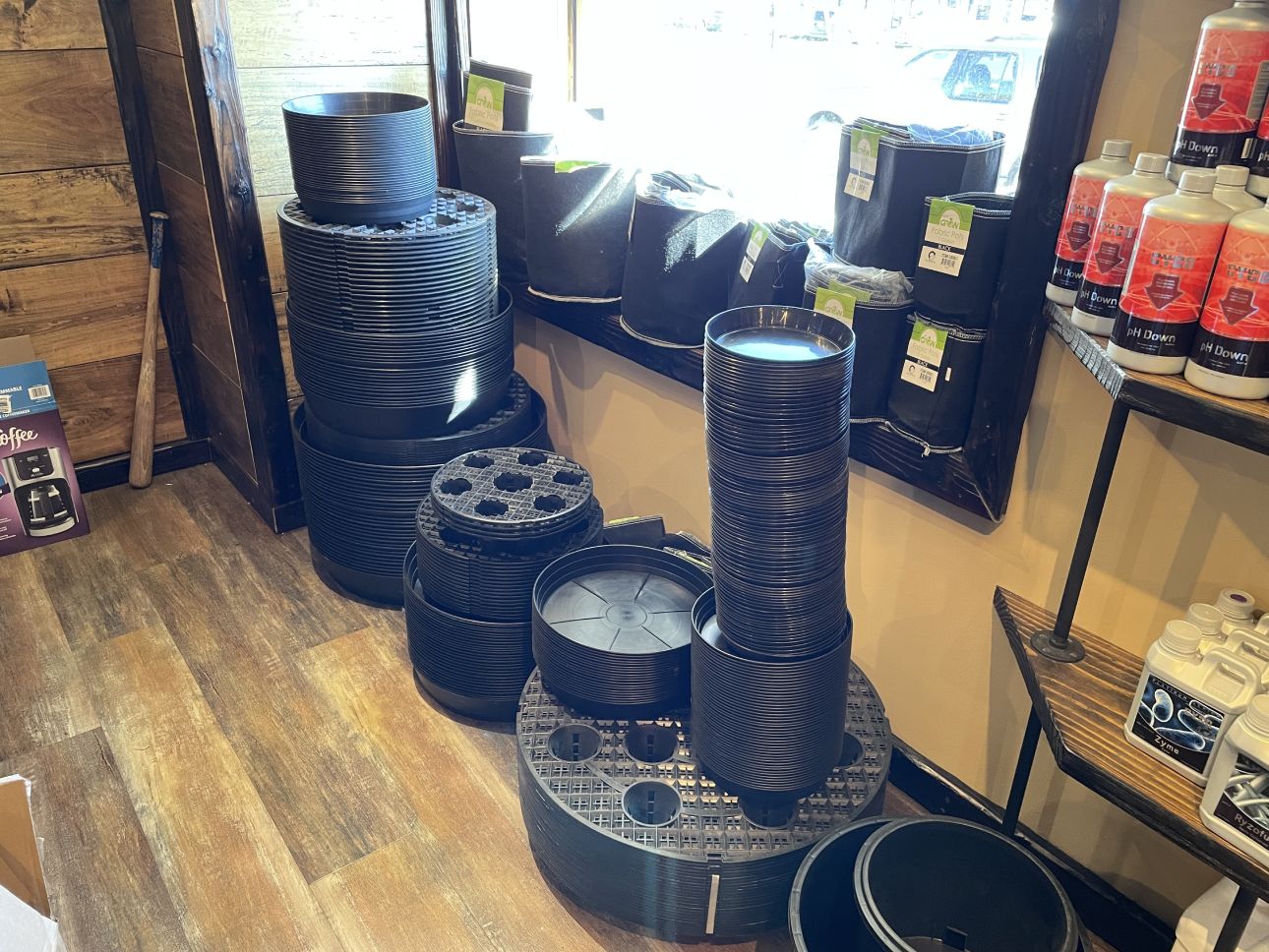The Ultimate Overview to Hydroponic Systems and Techniques
In the globe of modern-day agriculture, hydroponic systems have arised as a groundbreaking technique for growing plants without dirt. As we discover the intricacies of hydroponics in this detailed overview, we will certainly navigate with the various types of systems, check out the crucial nutrients vital for plant growth, and dive right into advanced methods that can substantially boost returns.
Advantages of Hydroponic Equipments
Hydroponic systems use a multitude of advantages, including efficient resource usage and exact nutrient distribution to plants. By providing a controlled environment for plant growth, hydroponic systems enable optimal water and nutrient usage, bring about greater returns contrasted to typical soil-based farming. This performance not just preserves sources yet additionally lowers waste, making hydroponic systems eco pleasant.
Furthermore, the precise delivery of nutrients in hydroponic systems permits customization based upon the details demands of each plant variety. This targeted approach ensures that plants obtain the appropriate equilibrium of necessary nutrients, promoting healthier growth and minimizing the threat of nutrient deficiencies or imbalances. In addition, the capacity to monitor and readjust nutrient degrees in real-time maximizes plant performance and overall plant top quality.
Additionally, hydroponic systems get rid of the requirement for herbicides and pesticides, as the closed-loop system reduces the danger of insects and diseases that are frequently discovered in soil-based farming - The Indoor Earthworm. This not just benefits the plants and the setting however additionally adds to producing cleaner, healthier crops for intake
Kinds Of Hydroponic Setups

Deep Water Culture (DWC) includes suspending plant roots in a nutrient service, enabling adequate oxygenation. Nutrient Film Technique (NFT) utilizes a shallow stream of nutrient remedy moving over the plant origins, supplying a continuous supply of nutrients. Ups and downs systems flood the plant origins at periods, guaranteeing they receive nutrients and oxygen. Drip systems involve trickling a nutrient remedy onto the plant roots, providing precise control over feeding. Aeroponics hazes the plant origins with a nutrient service, maximizing oxygen absorption.
Each kind of hydroponic configuration has its advantages and is matched to different plant ranges and growth phases. Understanding the distinctive functions of these systems can aid hydroponic cultivators choose one of the most appropriate setup for their certain needs and preferences.
Necessary Nutrients for Hydroponics
In hydroponic systems, plants rely on an exact equilibrium of vital nutrients click here for more to prosper and grow successfully. These vital nutrients are essential for numerous plant functions such as photosynthesis, root growth, and overall growth. The key macronutrients required by plants in hydroponic systems are phosphorus, potassium, and nitrogen. Nitrogen is essential for leafed green development, phosphorus help in root advancement and flower/fruit manufacturing, while potassium aids in general plant wellness and disease resistance.
Along with macronutrients, plants additionally require secondary nutrients like calcium, magnesium, and sulfur, as well as micronutrients such as iron, copper, zinc, and manganese (The Indoor Earthworm). These nutrients are crucial for ensuring that plants have all the required foundation to bring out vital organic procedures

Advanced Strategies for Maximum Yield
To attain optimal yields in hydroponic systems, cultivators can apply advanced techniques that enhance plant development and performance. One such strategy is the use of supplementary illumination. By supplying fabricated lights such as LED or high-pressure sodium lights, cultivators can prolong the number of light hours plants get every day, promoting faster development and raised yields. One more sophisticated method is the application of carbon dioxide supplementation. Enhancing the degrees of carbon dioxide in the growing environment can stimulate photosynthesis and increase plant development significantly. Additionally, employing strategies like plant training and trimming can aid maximize light circulation and air flow, making sure that all parts of the plant receive sufficient light and nutrients. Additionally, utilizing automated systems for nutrient shipment and surveillance can assist preserve optimal nutrient degrees, lowering the danger of deficiencies or discrepancies that can hinder plant development. By including these sophisticated strategies right into their hydroponic systems, cultivators can make best use of yields and achieve plentiful harvests.
Troubleshooting Common Hydroponic Issues
One common problem is vitamins and mineral shortages, where plants do not have vital aspects visit this site right here for healthy growth. Keeping the proper pH array certain to the plant being grown is vital for optimal nutrient uptake. By without delay recognizing and attending to these typical hydroponic concerns, farmers can preserve healthy plants and maximize returns in their hydroponic systems.
Final Thought
In verdict, hydroponic systems offer countless advantages for expanding plants successfully. With careful planning and focus to detail, hydroponic systems can reinvent the way plants are cultivated, leading to even more productive and lasting agricultural methods.
By giving a controlled atmosphere for plant development, hydroponic systems enable optimum water and nutrient usage, leading to greater returns contrasted to conventional soil-based growing. The Indoor Earthworm. Nutrient Movie Strategy (NFT) uses a superficial stream of nutrient solution streaming over the plant roots, supplying a consistent supply of nutrients. Monitoring and adjusting nutrient levels based on plant development phases is essential to protecting against nutrient deficiencies or toxicities and maximizing plant productivity in hydroponic systems
Furthermore, using strategies like plant training and trimming can aid optimize light circulation and airflow, ensuring that all parts of the plant get appropriate light and nutrients. Making use of automated systems for nutrient distribution and surveillance can aid keep ideal nutrient degrees, reducing the risk of deficiencies or inequalities that can prevent plant development.